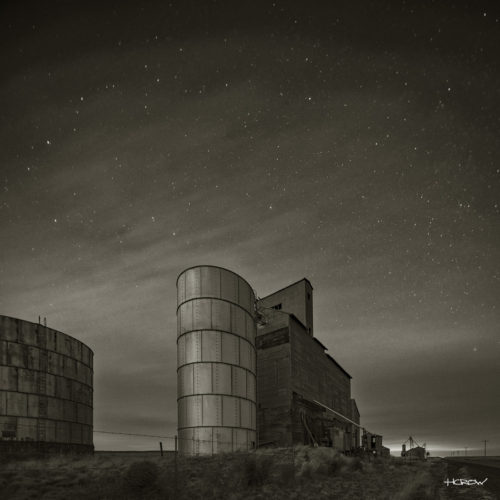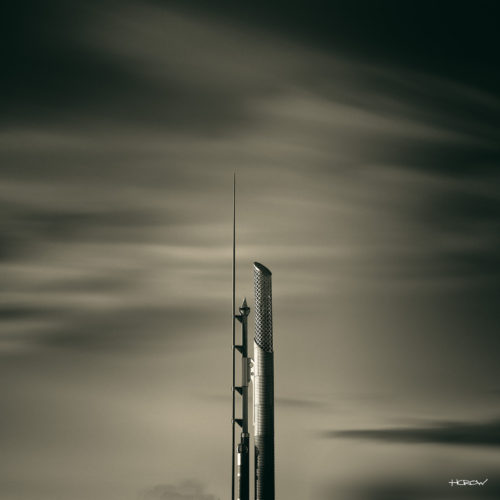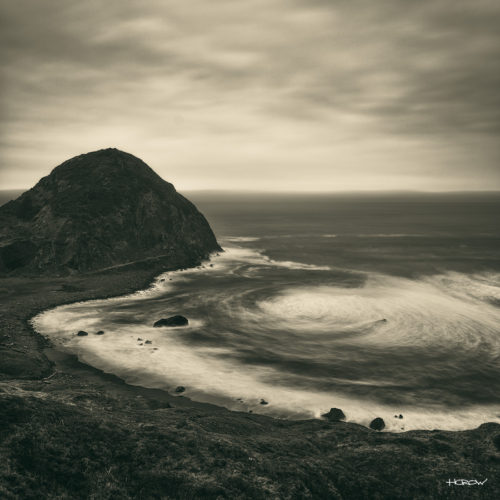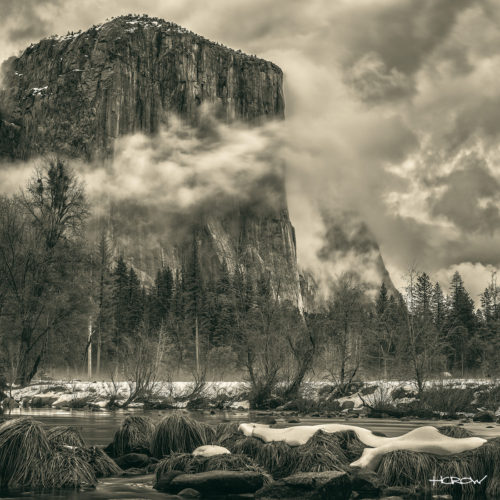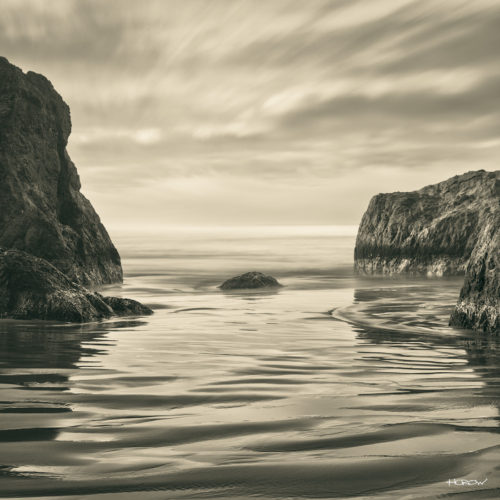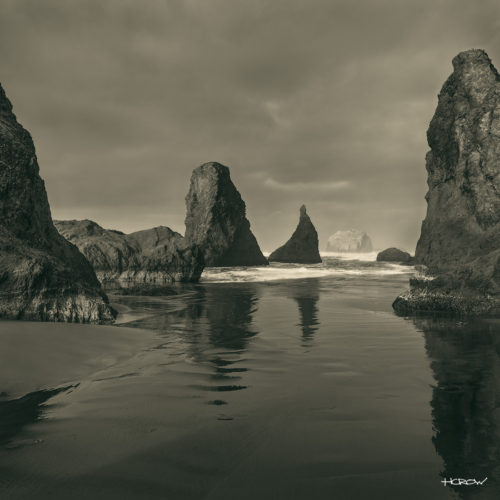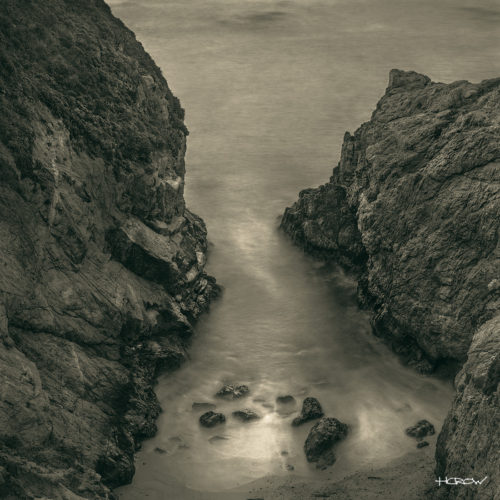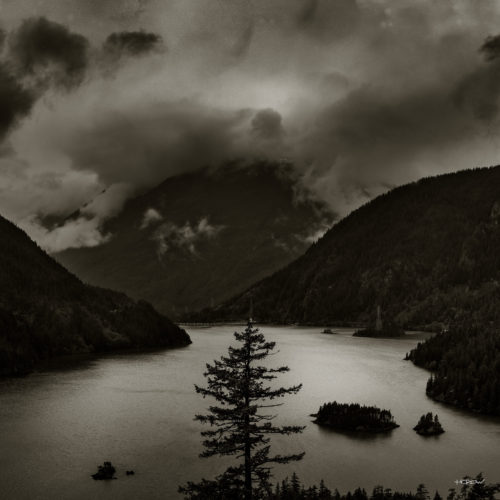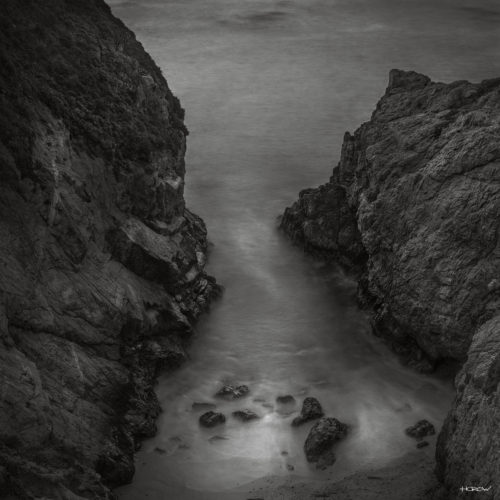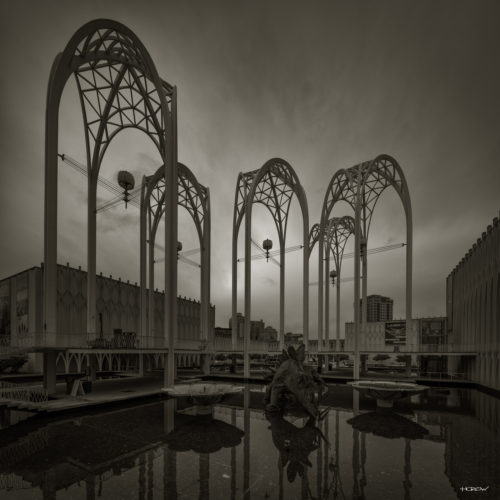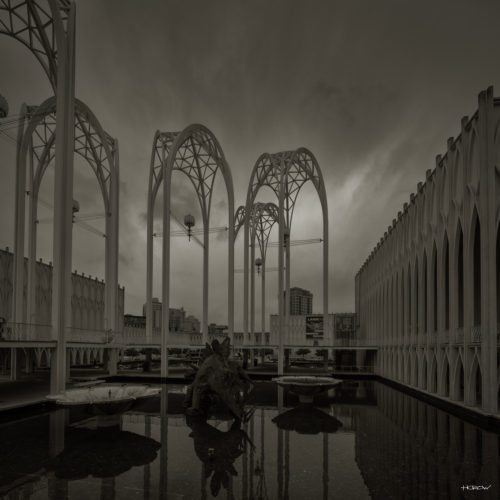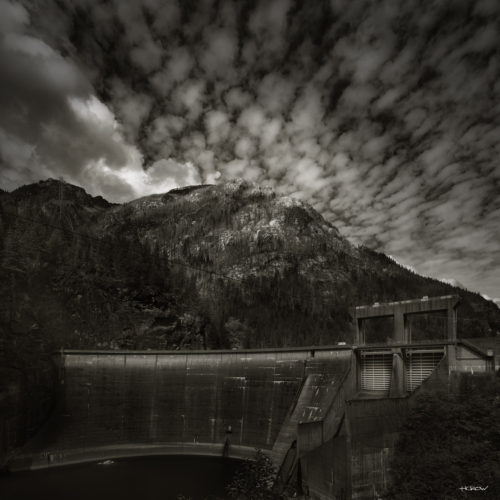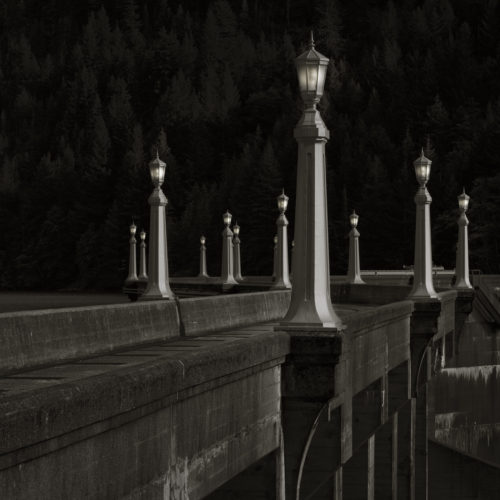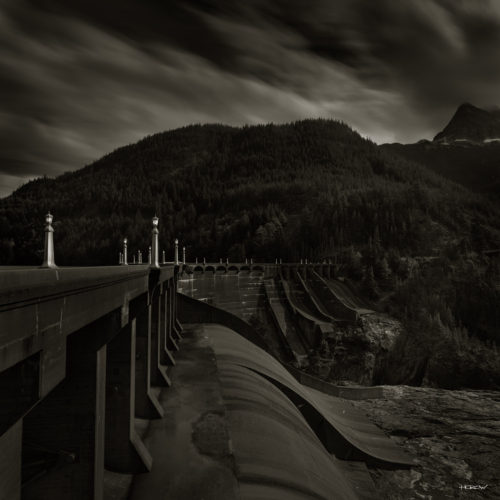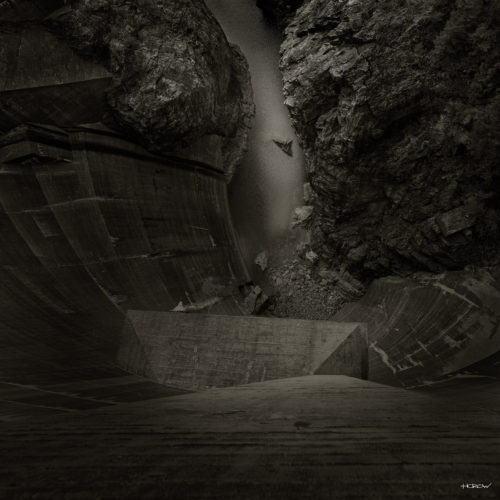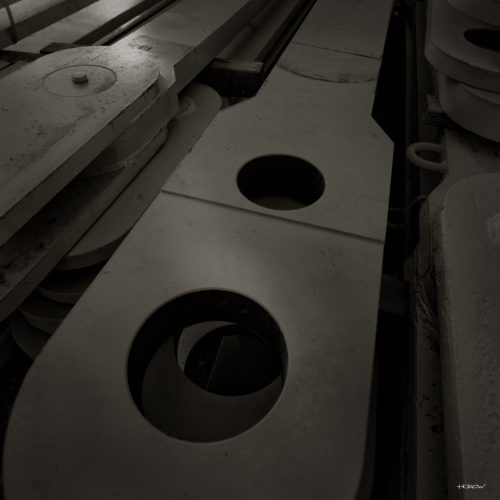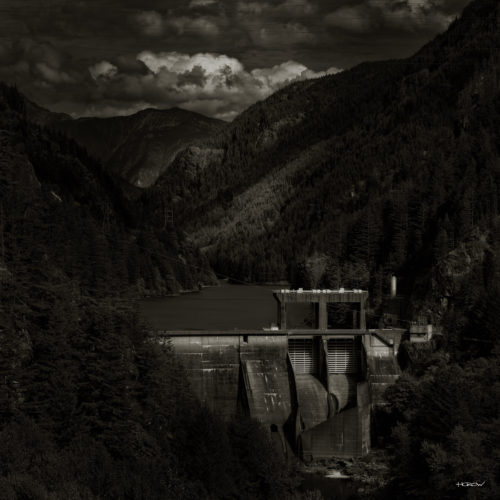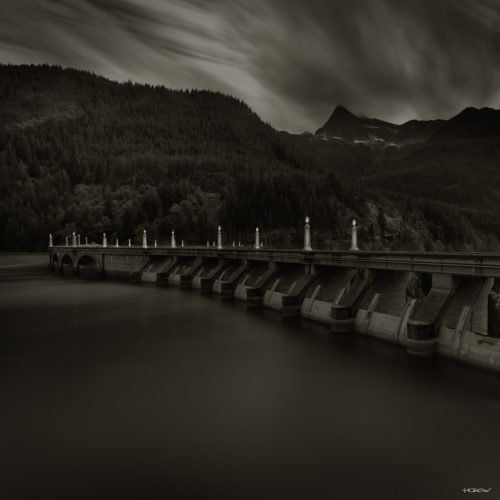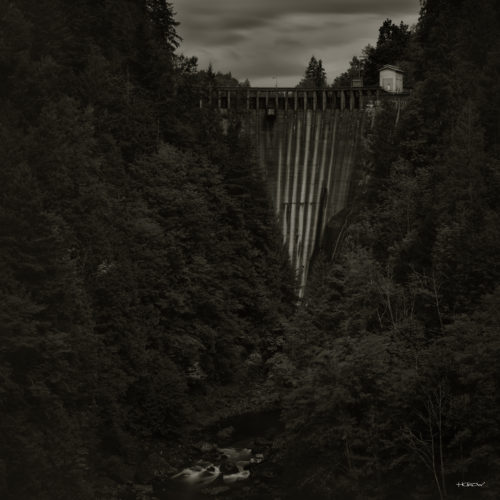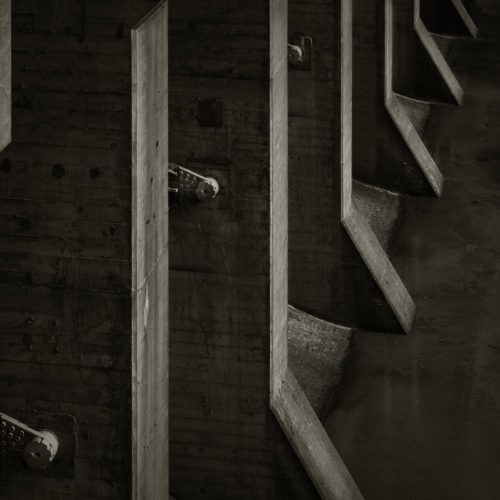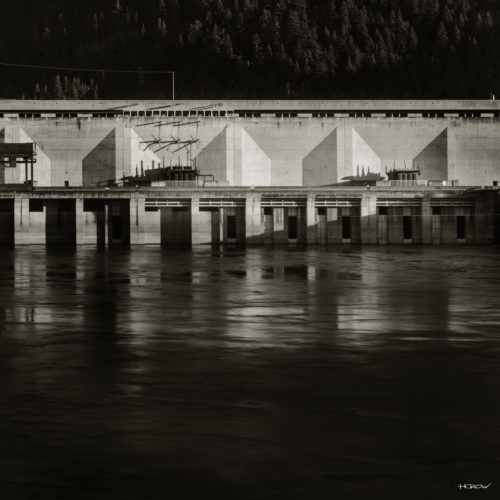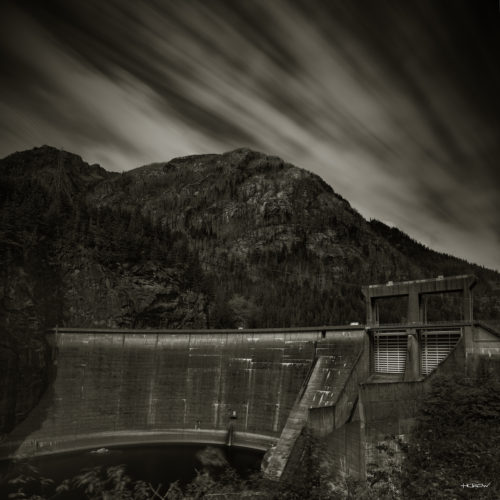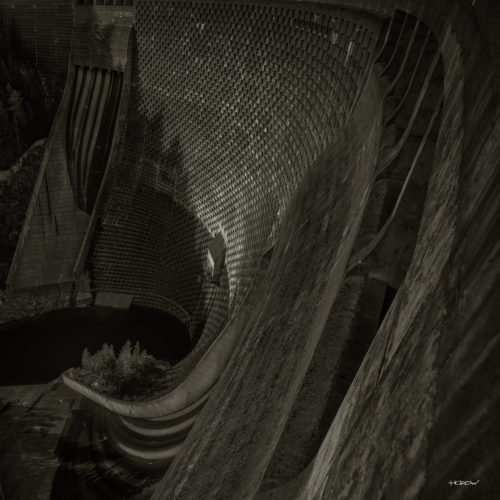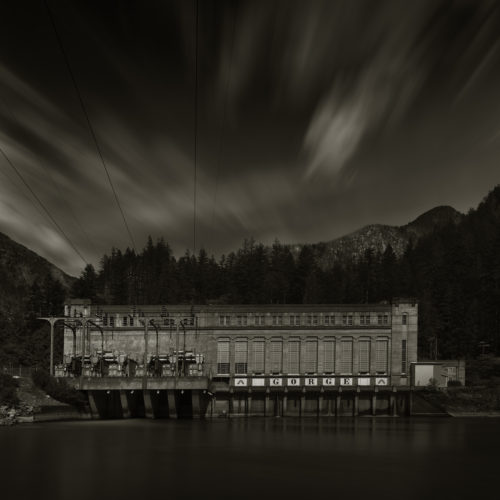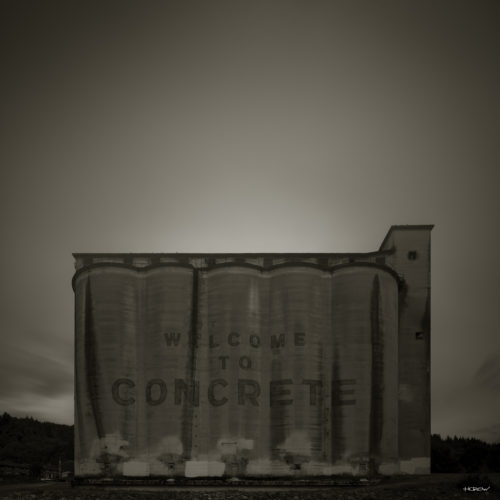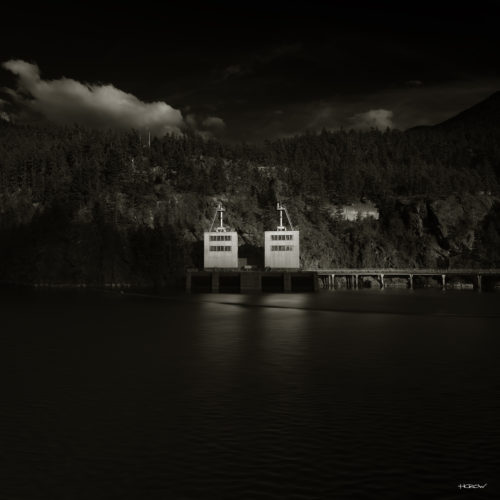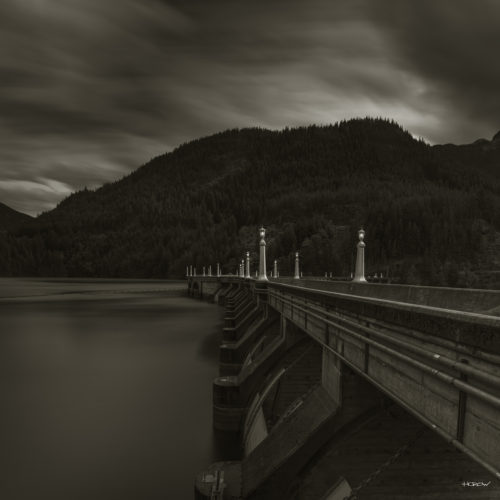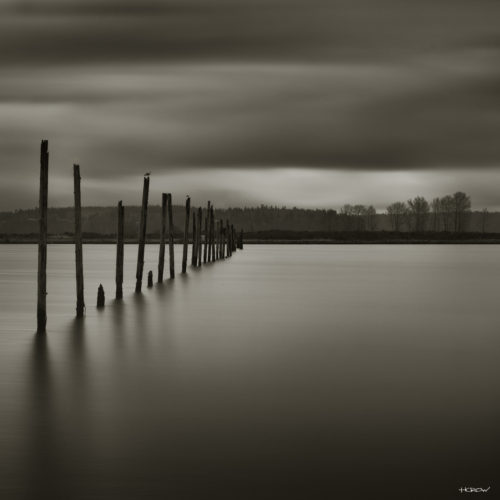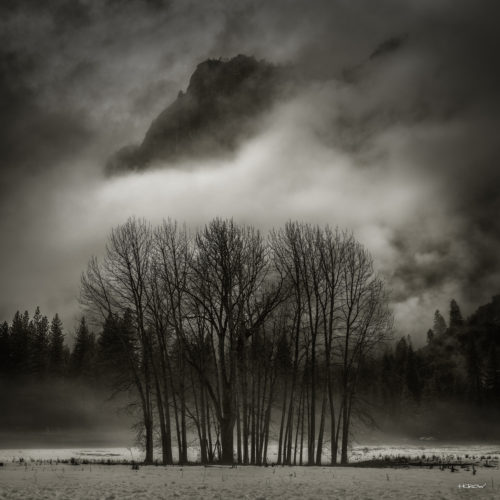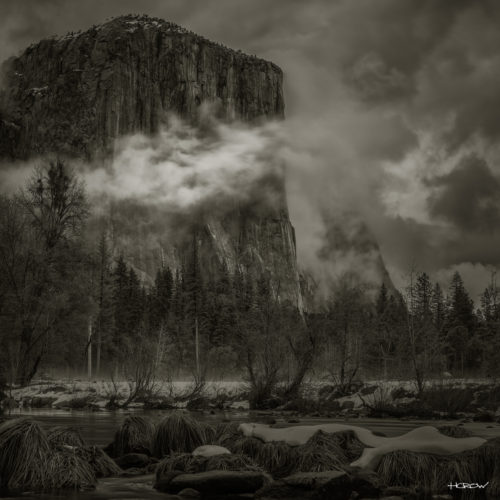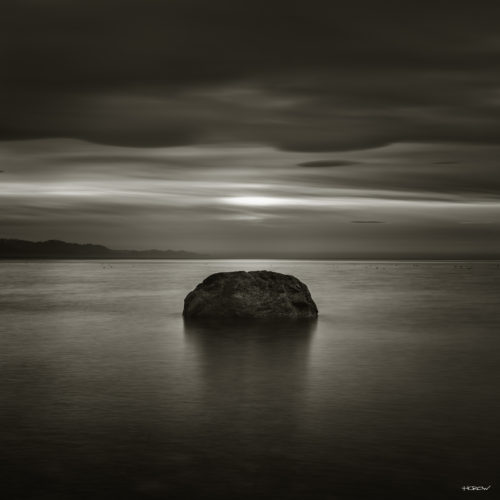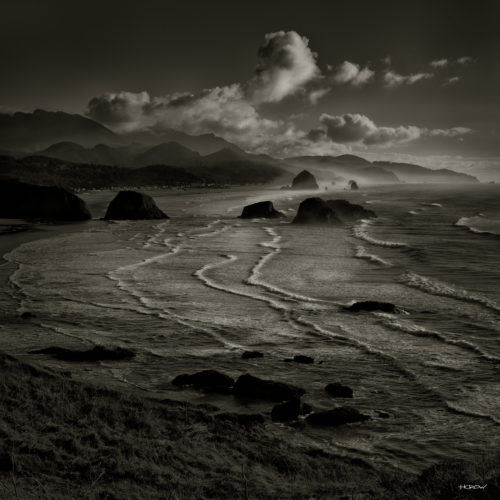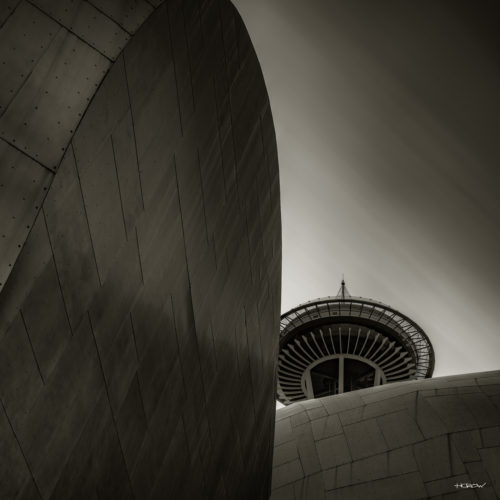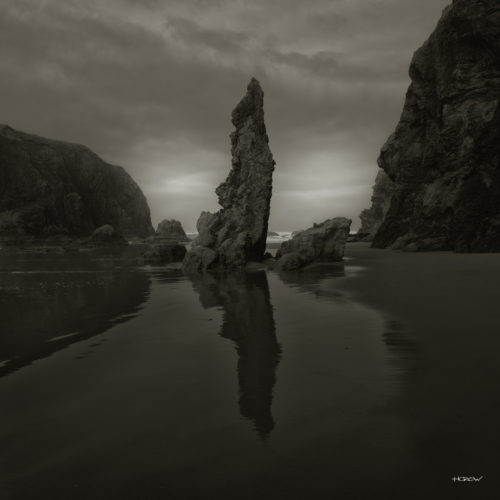-
BACK TO CONCRETE PORTFOLIO Designed by Minoru Yamasaki, who was a Seattle Native. Yamasaki was best known for designing the original World Trade Center in New York City. The Seattle Science Museum resembles a gothic cathedral made from concrete.
-
BACK TO CONCRETE PORTFOLIO Designed by Minoru Yamasaki, who was a Seattle Native. Yamasaki was best known for designing the original World Trade Center in New York City. The Seattle Science Museum resembles a gothic cathedral made from concrete.
-
BACK TO CONCRETE PORTFOLIO The Lower Baker Dam was built in 1925 and has a 250 acre catchment area.
-
BACK TO CONCRETE PORTFOLIO Spillways at the Diablo Dam where overflow in the spring is released
-
BACK TO CONCRETE PORTFOLIO The 6,809MW Grand Coulee hydropower facility located on the Columbia River in Washington, is by far and away the biggest power station in the US. The plant is owned and operated by the US Bureau of Reclamation and has been in operation since 1941, it produced 26.46TWh of electricity in 2012. The hydroelectric project consists of three power plants and a concrete gravity dam 168m high and 1,592m long. The first two power plants comprise of 18 Francis turbines rated at 125MW and three 10MW additional units, commissioned between 1941 and 1950. The third power plant consists of three 805MW units and three 600MW units commissioned between 1975 and 1980. In addition, the power station operates six peak generators totaling 314MW capacity.
-
The Upper Skagit Indian tribe, which has lived along the Skagit River for at least 8,400 years wants Seattle to remove the Gorge Dam, the lowest of the three dams on the Skagit, and return the river to the section the city de-watered. The tribe says Seattle’s century of hydroelectric work on the Skagit has contributed to a sharp drop in river’s salmon runs, which has ripple effects across the region. The Skagit is the last American river outside of Alaska still home to all five species of wild salmon, although the fish stocks are dwindling: two species are now listed under the Endangered Species Act and a nearby resident killer whale population, which depends on the Skagit River’s salmon for survival, is listed as endangered.
-
BACK TO CONCRETE PORTFOLIO The Ross Dam remains unfinished to this day. The finished Ross Dam will have another level, which will create a reservoir that stretches north into Canada. The permits to flood the valley across international borders remains on hold. Because it remains unfinished, the 'waffle' pattern of the construction remains unfinished as the final layer of concrete to smooth the face of the dam needs to wait until the fourth level is complete.
-
Gorge Powerhouse built in 1924 is fed by the Gorge Dam on the Skagit river. The Upper Skagit Indian tribe, which has lived along the Skagit River for at least 8,400 years wants Seattle to remove the Gorge Dam, the lowest of the three dams on the Skagit, and return the river to the section the city de-watered. The tribe says Seattle’s century of hydroelectric work on the Skagit has contributed to a sharp drop in river’s salmon runs, which has ripple effects across the region. The Skagit is the last American river outside of Alaska still home to all five species of wild salmon, although the fish stocks are dwindling: two species are now listed under the Endangered Species Act and a nearby resident killer whale population, which depends on the Skagit River’s salmon for survival, is listed as endangered.
-
BACK TO CONCRETE PORTFOLIO Portland Cement Company in Cement, Washington. The town was originally named Baker. The Portland Cement Factory created a new town next door. Cement provided the raw meterials for the three dams on the Skagit River. Eventually the towns of Baker and Concrete merged, and the citizens chose the name Concrete for the new town. The words were painted on the silos for the movie This Boys Life, which is an autobiography about a boy who lived in Concrete.

